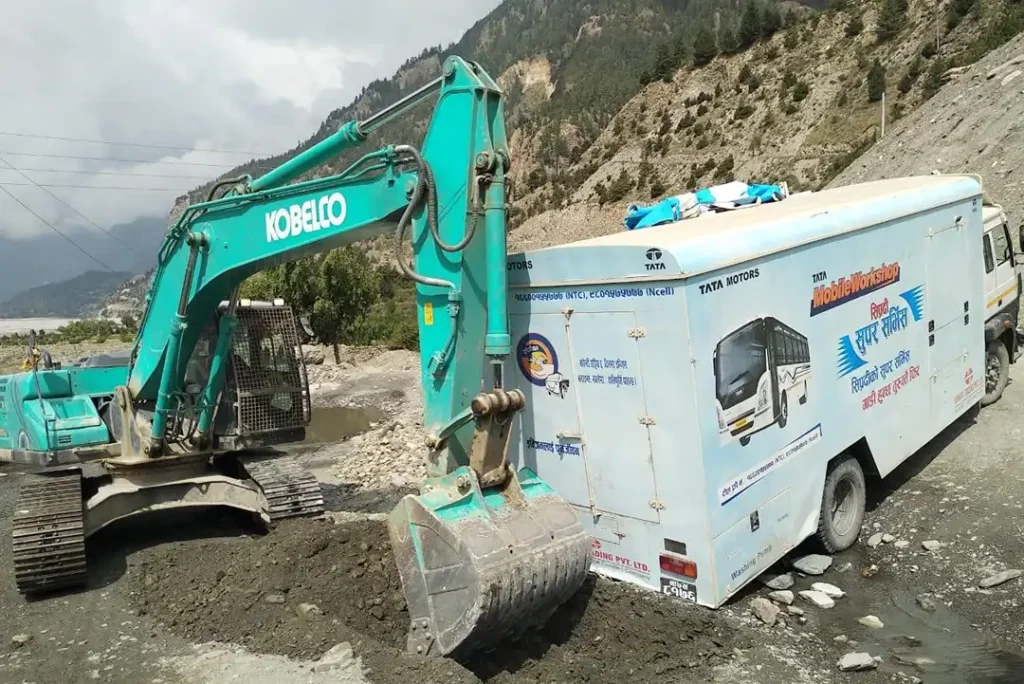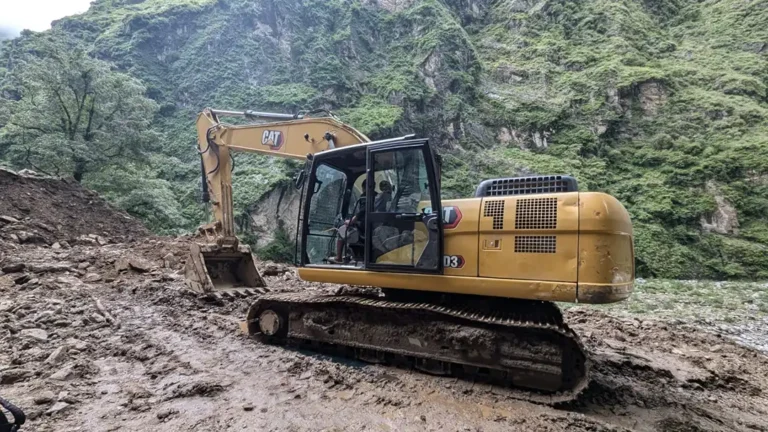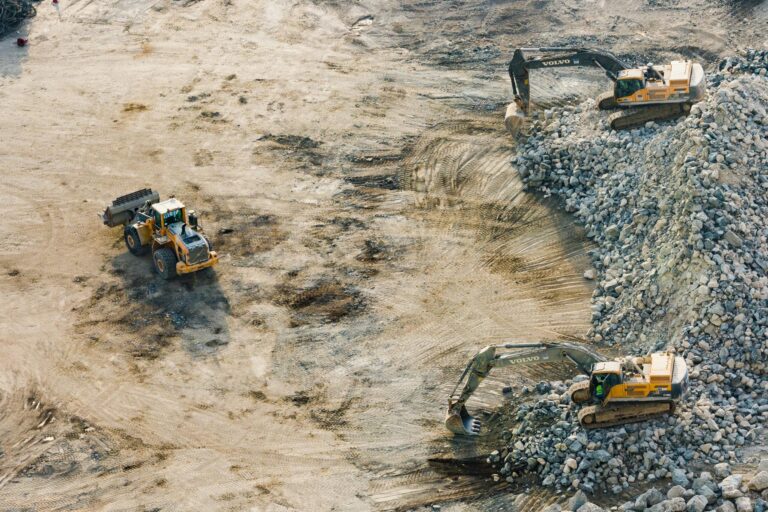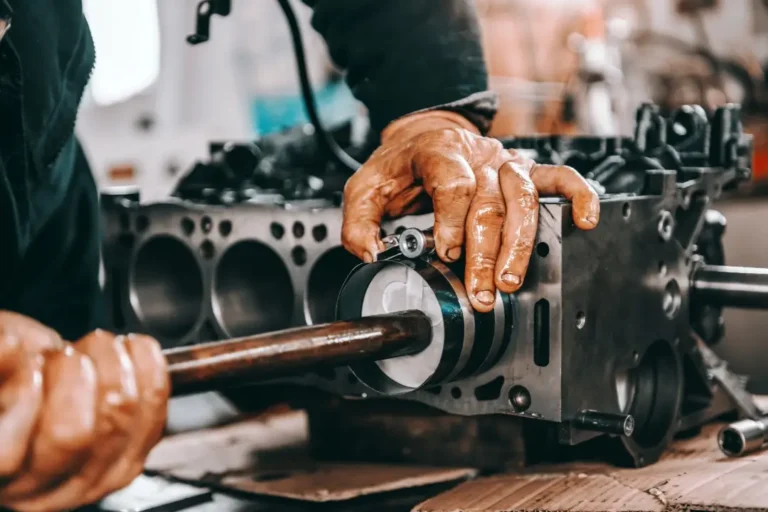Excavators have become ubiquitous on construction sites worldwide, playing a vital role in earthmoving, demolition, and material handling. But these powerful machines have a rich history, evolving from steam-powered behemoths to the technologically advanced marvels we see today.
Table of Contents
Early Excavators: The Age of Steam (1800s)
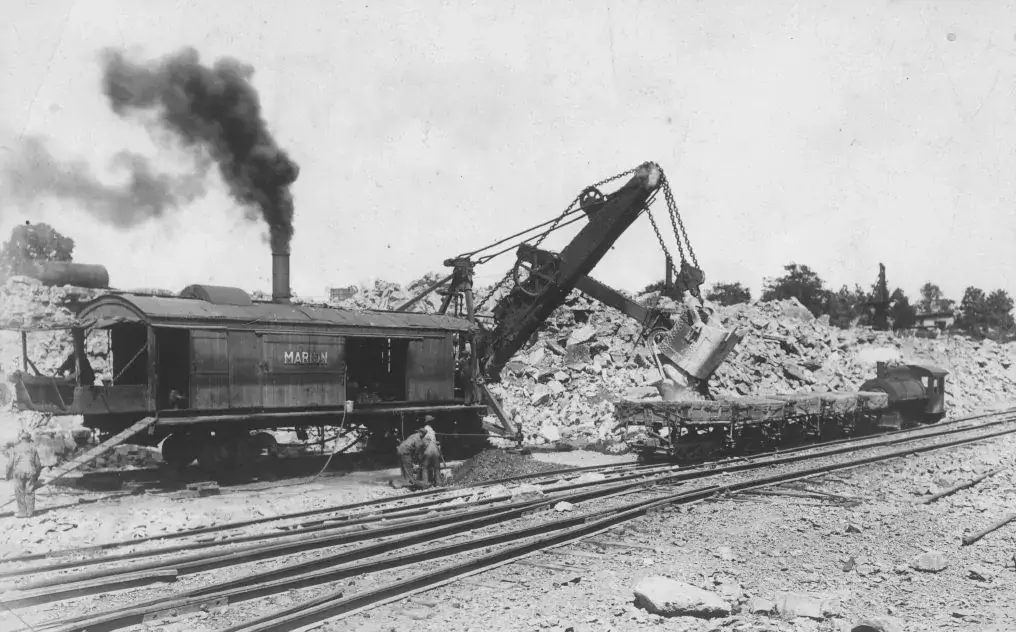
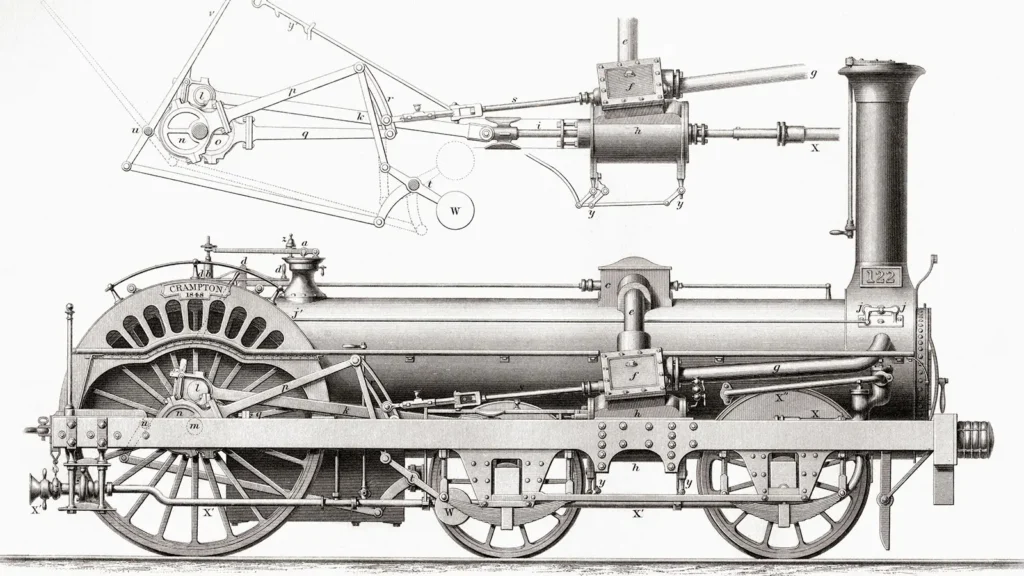
Steam engine excavator photo with rope wheel
The concept of a mechanical excavator can be traced back to the 18th century, with Leonardo da Vinci even sketching an early design. However, the first practical steam-powered excavators emerged in the 1800s. These machines were massive and cumbersome, often requiring teams of operators to manoeuvre. They were primarily used for large-scale projects such as canal, building and railway construction.
The Rise of Hydraulics (Early 1900s)
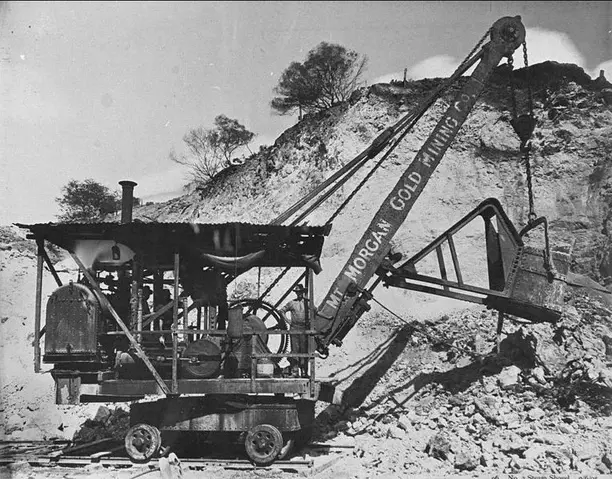
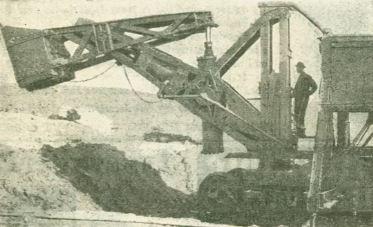
Excavator photo of the early 1900s
The early 20th century saw a significant shift with the introduction of hydraulic power. Hydraulic excavators offered several advantages over their steam-powered predecessors. They were more compact, manoeuvrable, and easier to operate. The use of hydraulics also allowed for more precise control of the excavator’s arm and bucket.
World War I and the Development of Mobile Excavators
World War I played a crucial role in the development of mobile excavators. The need for machines that could quickly dig trenches and fortifications led to the creation of the first half-track excavators. These machines were mounted on half-tracks, allowing them to move around on rough terrain.
Post-War Advancements and Specialization (Mid-1900s)
Following World War II, excavator technology continued to advance rapidly. Manufacturers introduced new features such as improved engines, more powerful hydraulic systems, and a wider range of attachments. This era also saw the rise of excavator specialization. Different types of excavators were developed for specific tasks, such as trenching, material handling, and demolition.
The Arrival of Modern Excavators (Late 1900s-Present)
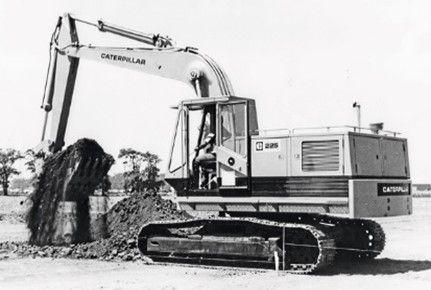
Excavator photo of 1900s
- The late 20th century and the beginning of the 21st century witnessed the introduction of several groundbreaking
- technologies that have shaped modern excavators. These include:
- * Computer-aided design (CAD): CAD software has enabled engineers to design more efficient and durable excavators.
- * Advanced hydraulic systems: Modern hydraulic systems provide excavators with exceptional power, precision, and control.
- * Telematics: Telematics systems allow for remote monitoring of excavator performance and diagnostics.
- * Automation: Some modern excavators are equipped with semi-autonomous features, such as automatic grade control and obstacle detection.
The Future of Excavators

Future predicts Excavator
The future of excavators is likely to be characterized by continued advancements in automation, electrification, and sustainability. Autonomous excavators are already being developed, and they have the potential to revolutionize the construction industry by improving safety and efficiency. Electric excavators are also gaining traction, offering a more environmentally friendly alternative to traditional diesel-powered machines.
Conclusion
Excavator technology has come a long way since the days of steam-powered giants. Today’s excavators are powerful, versatile, and technologically advanced machines that play an essential role in modern construction projects. As technology continues to evolve, we can expect to see even more innovative and sophisticated excavators emerge in the years to come.
Frequently Asked Questions:
1. Is JCB an excavator?
JCB is a brand name. It also manufactures various types of construction Equipment. One of them is an Excavator.
2. Is it called a digger or excavator?
Digger is the nickname or term most commonly used in the UK for Excavator. Excavator terms are used worldwide by people.
3. What is an excavator vs backhoe loader?
An excavator is a heavy equipment which can rotate in all directions on standby for digging or excavation. A backhoe loader is a multi-functional machine its design is different from an excavator.

